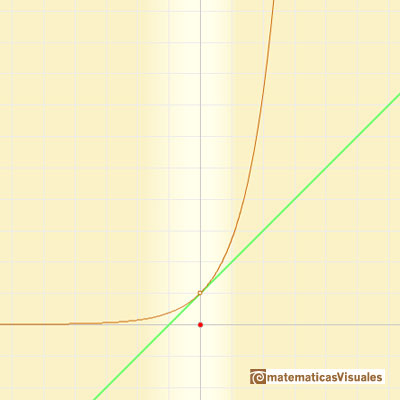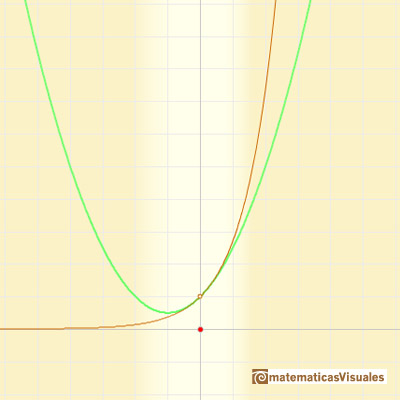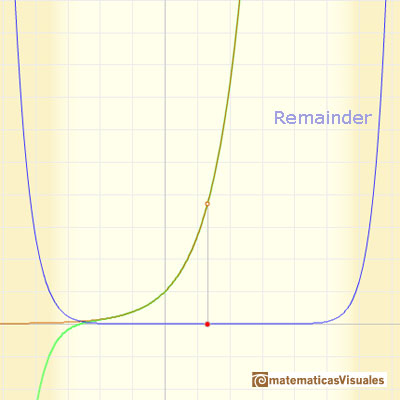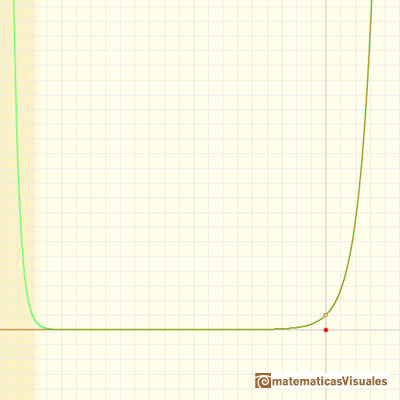
Felix Klein started his chapter about Taylor's Theorem writing: "I shall depart, namely, from de usual treatment in the textbooks by bringing to the foreground the finite series, so important in practice, and by ading the intuitive grasp of the situation by means of graphs. In this way it will all seem elementary and easily comprehensible."
"We begin with the question whether we can make a suitable approximation to an arbitrary curve y = f(x), for a short distance, by means of curves of the simplest kind." (Klein, 'Elementary Mathematics from an Advanced Standpoint' p.223)
These approximations can be made using polynomials of increasing degrees, starting with the rectilinear tangent.

We can obtain better approximations using parabolas of second, third,... order.


They are easy to calculate and approximates the curve arround a point (we call these polynomials 'parabolas of osculation' because they lie as close as possible to the curve). "Thus the quadratic parabola will coincide with y=f(x) not only in its ordinate but also in its first and second derivative (i.e., it will 'osculate')." (Klein, p. 224) These polynomials are known as Taylor polynomials and are obtained by considering the first terms of Taylor's series.
We have to investigate whether and how far these polynomials represent usable curves of approximation.
"The first question here is the extremely important one in practice as to the closeness with the n-th parabola of osculation
represents the original curve. This implies an estimate of the remainder for the values of the ordinate, and is connected
naturally with the passage of n to infinity.

In the case of the exponential function, as the order increases, the parabolas give usable approximation to the original curve for a greater and greater interval. This is a wonderful behavior. We say then that the infinite series converge for all values of x.
The same is true for other functions, for example, the Sine Function. But it is not always the case.
Taylor's series of the exponential function at x=0 is:


To understand better these power series we can investigate it in the Complex Plane, for example, Taylor polynomials: Complex Exponential Function.
REFERENCES
MORE LINKS




















 NEXT
NEXT





